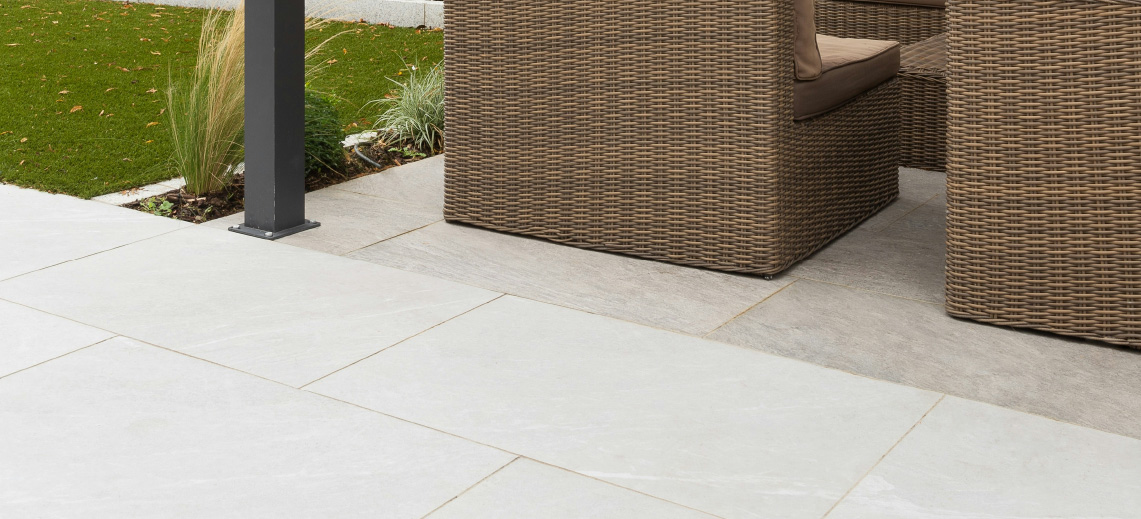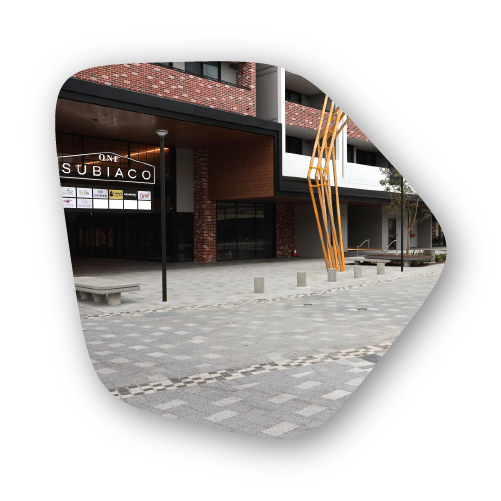
The Complete Guide To Travertine Pavers For Walkways
Travertine, a type of limestone formed by mineral springs, has been used as a building material for centuries. Its unique texture and natural beauty have made it a favourite among architects and designers. Today, travertine is widely used for flooring, countertops, and, most notably, pavers for outdoor spaces.
Derived from ancient Rome, where it was used to construct iconic structures like the Colosseum, travertine has stood the test of time. Its durability and captivating aesthetics have made it a preferred choice for modern homes. Whether you are looking to enhance your garden or create an inviting entrance, travertine pavers offer a blend of history and elegance.
In this guide, we will explore the benefits, types, planning, installation, and maintenance of travertine pavers for walkways. By the end, you will have all the information you need to make an informed decision and transform your home’s outdoor space.
Benefits of Using Travertine Pavers for Walkways
Durability and Long-lasting Nature
One of the standout features of travertine pavers is their durability. These pavers can withstand heavy foot traffic and harsh weather conditions without losing their charm. The natural composition of travertine makes it resistant to cracking and chipping, ensuring that your walkway remains intact for years to come. Additionally, travertine’s ability to resist heat makes it an excellent choice for walkways in warmer climates. Unlike other materials that can become scorching hot under the sun, travertine stays cool, providing a comfortable surface to walk on even during the hottest days.
Aesthetic Appeal and Customisation Options
Travertine pavers are renowned for their aesthetic appeal. Available in a variety of colours, from warm earth tones to cool greys, they can complement any home style. The natural variations in colour and texture add a unique and luxurious touch to your outdoor space.
Customisation options are plentiful with travertine. Whether you prefer a rustic look with tumbled pavers or a sleek finish with honed or polished pavers, travertine offers versatility. You can mix and match different finishes to create a design that reflects your personal style.
Low Maintenance Requirements
Homeowners often seek materials that are not only beautiful but also easy to maintain. Travertine pavers fit the bill perfectly. With minimal upkeep, you can keep your walkway looking pristine. Regular sweeping to remove debris and occasional washing with water and a mild detergent are usually sufficient to maintain their appearance.
Sealing travertine pavers can enhance their longevity and protect them from stains. This simple step, performed every couple of years, ensures that your walkway remains a stunning feature of your home.

Types of Travertine Pavers
Natural Variations and Cuts Available
Travertine pavers come in various natural variations, each offering a distinct look. From the classic beige and ivory tones to more exotic shades of gold and silver, there is a travertine option to suit every taste. The unique veining and patterns in travertine add character and depth to your walkway.
When selecting travertine pavers, consider the cut as well. The standard cuts include cross-cut and vein-cut. Cross-cut pavers have a more uniform appearance, while vein-cut pavers showcase the intricate veining, creating a visually striking effect.
Differences Between Tumbled, Honed, and Polished Finishes
Travertine pavers are available in different finishes, each offering a unique aesthetic and texture. Tumbled pavers have a rustic, aged look with rounded edges and a slightly rough surface. They are perfect for creating a timeless, old-world charm.
Honed pavers have a smooth, matte finish that offers a sleek and contemporary look. They are ideal for modern homes and provide a slip-resistant surface, making them a safe choice for walkways.
Polished pavers, on the other hand, have a glossy finish that enhances the natural colours and patterns of the stone. They exude luxury and elegance, making them a great choice for high-end properties.
Planning and Designing Your Walkway with Travertine
Best Practices for Incorporating Travertine into Different Home Styles
When planning your walkway, it’s essential to consider your home’s architectural style and overall aesthetic. Travertine pavers can complement a wide range of styles, from traditional to contemporary.
For a classic look, consider using tumbled pavers with earthy tones. They blend seamlessly with traditional and Mediterranean-style homes. If you have a modern home, honed or polished pavers in neutral shades can create a sleek and sophisticated walkway.
Tips for Selecting the Right Size and Colour for Your Walkway
The size and colour of the pavers play a crucial role in the overall design of your walkway. Larger pavers can create a more expansive feel, while smaller pavers add intricate detail. Consider the scale of your outdoor space when selecting the size of the pavers.
When it comes to colour, consider the surroundings and the mood you want to create. Lighter shades can make a small area appear larger, while darker tones add warmth and intimacy. Experiment with different combinations to find the perfect match for your home.

Maintenance and Care
Regular Cleaning and Sealing to Protect Your Walkway
Maintaining the beauty of your travertine walkway is easy with regular cleaning and sealing. Sweep the walkway regularly to remove dirt and debris. For a deeper clean, use a mild detergent and water, avoiding harsh chemicals that can damage the stone.
Sealing the pavers every couple of years will protect them from stains and enhance their longevity. Choose a high-quality sealer designed for travertine to ensure the best results.
How to Address Common Issues Like Staining and Uneven Pavers
Despite its durability, travertine can sometimes develop stains or become uneven. To address stains, use a poultice or stone cleaner specifically formulated for travertine. Apply the cleaner to the stained area and follow the manufacturer’s instructions.
If your pavers become uneven, it may be due to settling or improper installation. Carefully lift the affected pavers and add or remove sand or gravel to level the surface. Reinstall the pavers and compact them to ensure stability.
Conclusion
In conclusion, travertine pavers offer a blend of beauty, durability, and versatility, making them an excellent choice for walkways. Whether you want to enhance your home’s aesthetic, create a functional outdoor space, or increase your property’s value, travertine pavers excel in all areas.
By understanding their benefits, types, installation process, and maintenance needs, you can make an informed choice and create a stunning travertine walkway that lasts. If you’re ready to explore the elegance and durability of travertine for your walkways, now is the perfect time to transform your outdoor space.






